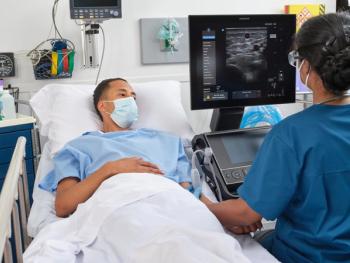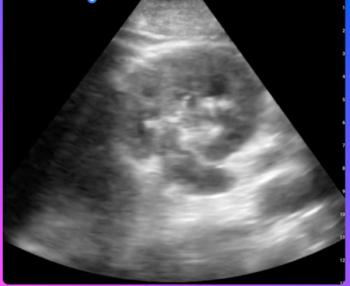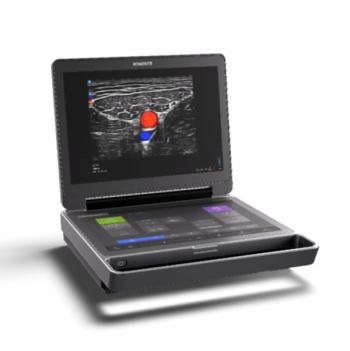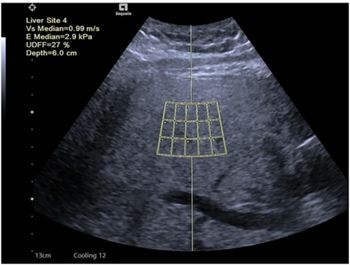
Fetal MR predicts lung insufficiency in newborns
Infants with pulmonary hypoplasia require intensive care at birth. MR imaging can diagnose the condition prenatally by measuring lung volume and fluid level, thereby reducing mortality and morbidity rates, according to a study in the June issue of Radiology.
Dr. Hisao Osada and colleagues at Chiba University in Japan retrospectively reviewed ultrasound and MR imaging records of 87 fetuses. They confirmed that infants born with hypoplasia showed significantly smaller lung volumes between the 24th and 39th weeks of gestation.
MR acquisitions comprised T1-weighted images with maternal breath-holding and a spoiled gradient-echo sequence as well as T2-weighted images with single-shot rapid acquisition and relaxation enhancement, each acquired at 15 to 30 seconds. A computer program calculated both volume and signal intensity covering the entire cross-sectional area of the right and left lungs.
Newsletter
Stay at the forefront of radiology with the Diagnostic Imaging newsletter, delivering the latest news, clinical insights, and imaging advancements for today’s radiologists.




























